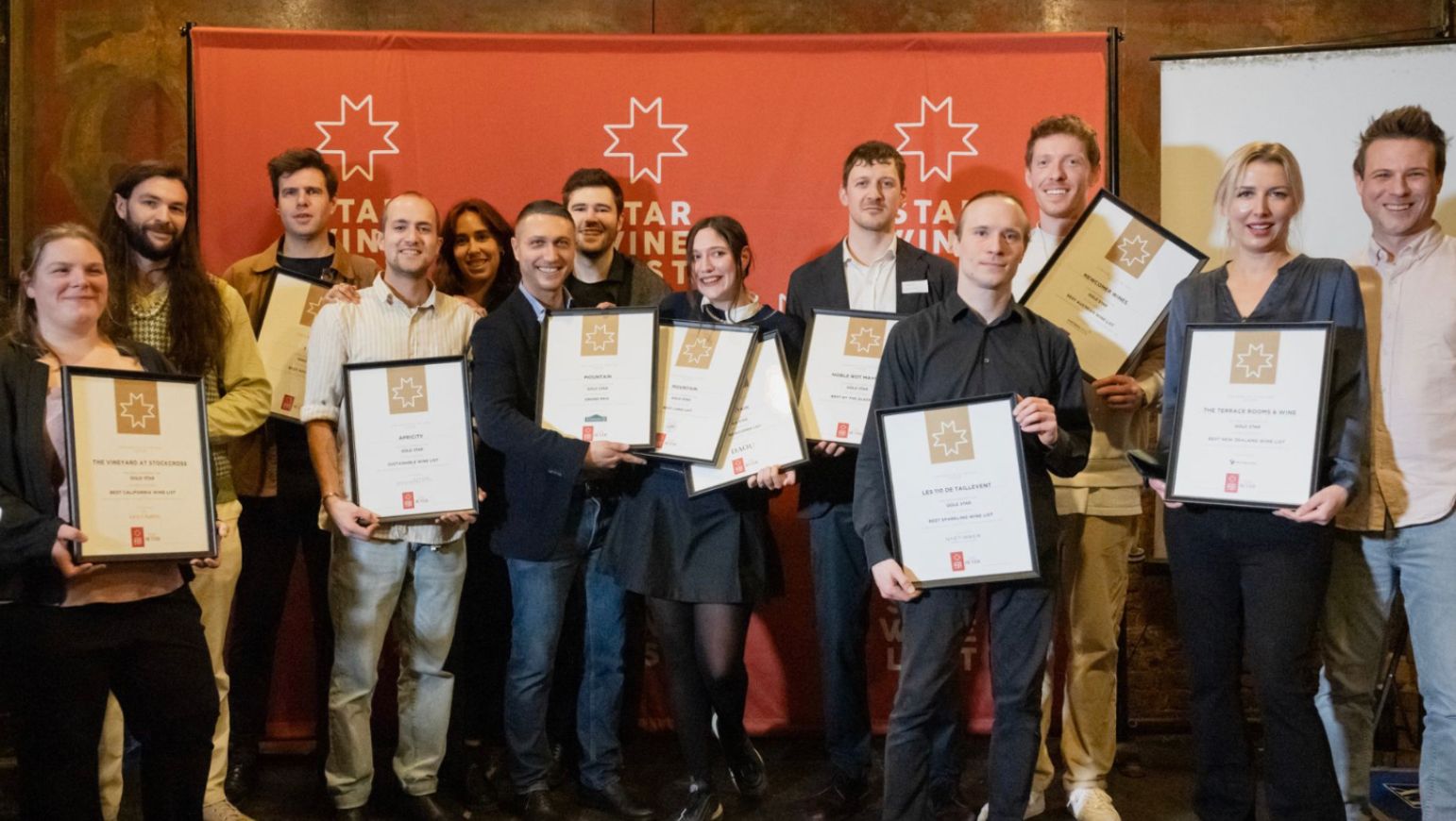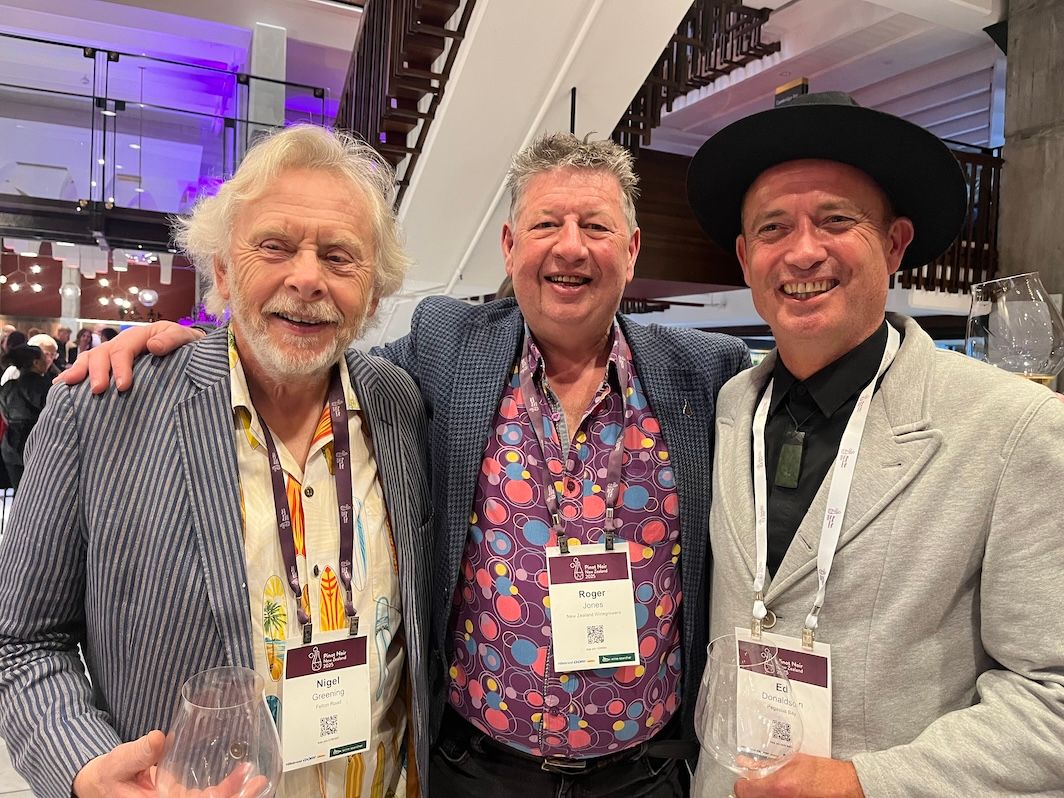You might be able to choose any Champagne for your list, but can you get an exclusive blend just for your restaurant? That’s the level of personal service that Louis Latour Agencies hopes helps Champagne Gosset stand out from its peers.
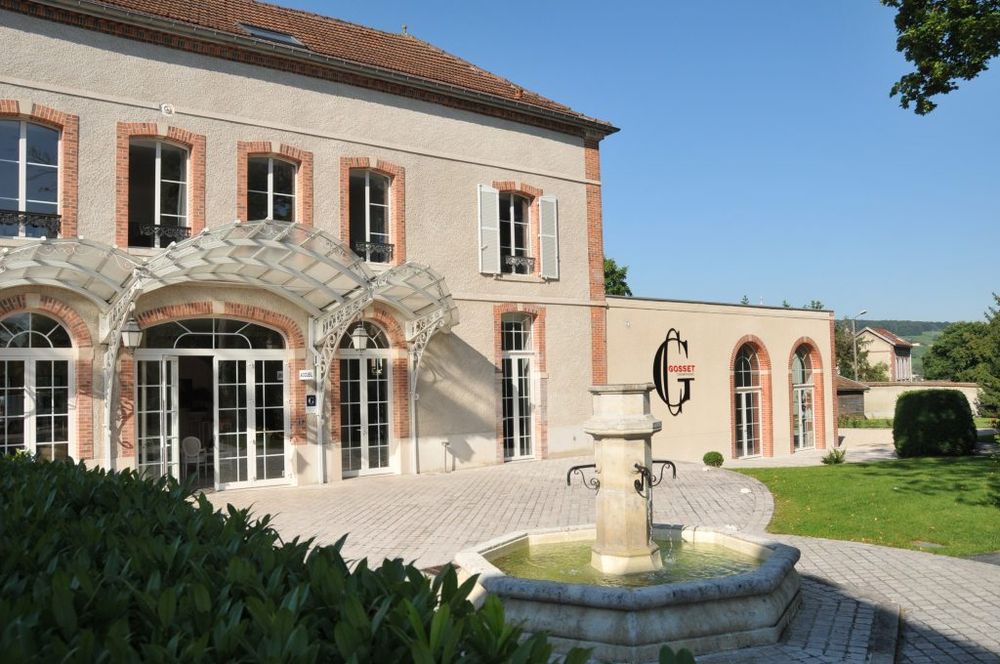
The Gosset Champagne house dates back to the 15th century
My word we are becoming a fussy and demanding lot. A few years ago we were all quite happy to be able to go out and treat ourselves to a perfectly cooked meal, paired with exquisite wines, finished with a plate of cheese and “something” from the spirits trolley.
Now it’s all about the experience. Be it a tasting menu that takes the best part of your weekend to get through, or a wine list bigger than anything that JR Tolkien could have dreamt up. We are even being given the chance to pop on a virtual reality headset and be whisked off to the vineyard where the wine you’ve ordered comes from.
Which makes it just a little harder for any producer to stand out, even for a brand like Champagne Gosset that can look back on a history that dates back to 1584. But Champagne Gosset continues to move with the times and adapt its brand and offer to suit the latest needs and tastes of the premium restaurants and hotels it hopes to serve.
2018 is no different, says Will Oatley, managing director of Louis Latour Agencies that took over UK distribution of Champagne Gosset in July 2015.
Great opportunity
It’s been a great opportunity not only for Louis Latour Agencies, but for Oatley who has spent a lot of his career working with different Champagne brands including Bollinger and Moëtt Hennessy.
This, however, is the first Champagne to be in the Louis Latour stable and it has had a major impact on how the business can now work even more directly with its customers.
Oatley explains: “The beauty of Gosset is that it only produces a million bottles a year, so it has the versatility to make bespoke blends. Last year, for example, we made a Grand Millesime 2004 magnum for Fine & Rare, who were even able to choose their own dosage, to offer to their own private clients. We are also looking to do the same for other customers, including a Michelin star chef we work with.”
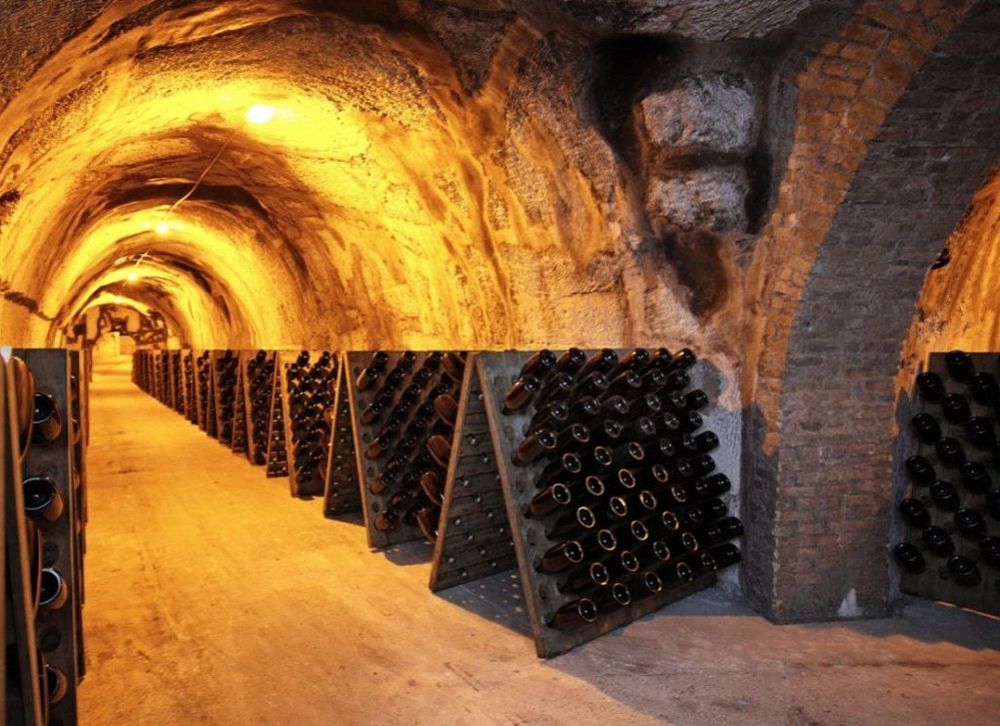
Gosset has the history, the story and the exclusives wines for the premium on-trade
A win, win
Such opportunities are a win, win all round, adds Oatley. Not only does it allow Louis Latour to offer more of a personalised service, but it allows the customer “to have ownership” of the Champagne they are working with.
Offering bespoke blends are also rare within Champagne, stresses Oatley, but gives Gosset the opportunity to “offer this versatility” to restaurants, chefs and operators who are looking to offer something unique to their customers.
The fact Champagne Gosset is only producing 1m of the 300m plus bottles of Champagne produced a year means it has to be more fleet of foot and dynamic about how it continues to make a name for itself, he adds.
“The beauty of Gosset is that it hasn’t got multiple distribution and that automatically appeals to the sommeliers in central London and further afield because it is not being heavily promoted in the multiple off-trade.”
He adds: “We are purely working with independent specialist retailers and the likes of the Harvey Nichols and Selfridges.”
Exclusive approach
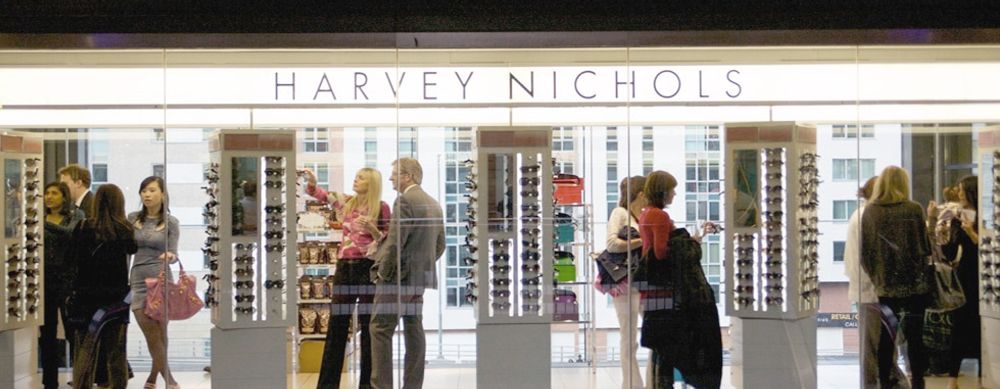
Louis Latour Agencies work hard to offer exclusives to key premium retail partners such as Harvey Nichols
Instead Louis Latour is more interested in working with select premium retailers on an exclusive basis to bring new Gosset wines into the market. Normally on a two year basis. Last year, for example, it was able to work exclusively with Harvey Nichols to introduce the Gosset Blanc de Noirs, whilst in 2016 it introduced the Cuvée Quinze Ans, 15-year aged NV through Selfridges.
“We try and support our key customers and are quite strategic where we sell the Champagne and it works well,” says Oatley.
It also does similar campaigns with the major wine merchants and brokers and finds it an effective way to seed new wines, particularly something with a special, limited edition side to it, into the market.
It’s all about trying to find something different that customers and sommeliers can get excited about and behind in their restaurants. For example, it is also offering bespoke glassware and a Cuvée carafte to prestige accounts such as The Ritz and Michelin star restaurants.
That’s part of a subtle approach to explain how Gosset is a Champagne that really does improve in a carafe. “It really is transformed,” says Oatley. “The Champagne completely and utterly opens up. It’s like when you drop a dash of water into a whisky and it really comes alive. It’s something that we are able to show in masterclasses. Like the Blanc de Noirs. It’s a completely different animal in a carafe. It’s sensational.”
Which also helps reinforce its image as the gourmet Champagne. “Gosset is definitely a food Champagne. It really comes into its element with the balance that it brings to the food,” says Oatley.
So much so that Gosset’s Grand Rosé has now earned itself a place as part of the tasting menu at the Fat Duck.
Constant innovation
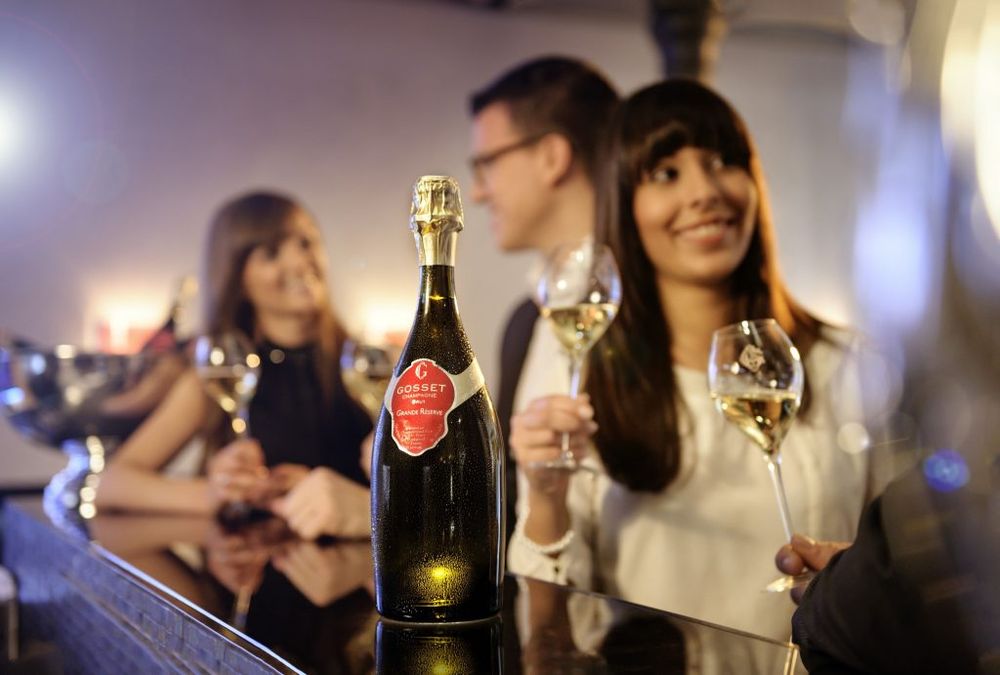
Introducing new styles and points of difference is what Champagne Gosset looks to be all about
All of which is helped by the fact there is such an innovative team at Champagne Gosset looking to introduce new products.
Odilon de Varine, its chef de caves, is renowned for always looking for something new to bring a new dimension to the Gosset portfolio.
“It really is constant innovation and coming up with new ideas and products. We have something in line later in 2018 which is very exciting. So they don’t sit still. They’re always thinking about the next steps to take. The future. Which is great to be so forward thinking,” says Oatley.
Having new things to sell obviously makes a lot of sense when trying to keep and win new business.
“It’s always nice for our sales team to have something new to go and talk to accounts about, albeit the volumes are usually quite small,” says Oatley. “For example the Blanc de Noir we only had an allocation of 700 bottles, but it meant we are able to effectively go out and product place the bottles in different Michelin star restaurants. Caprice Holdings are doing a lot of business with the Blanc de Noir. Having new products gives us that creative drive to keep moving forward.”
Changing style
Oatley says there has also been a noticeable adjustment in the style of Champagnes that Gosset is moving towards with its special releases. “The Champagnes are becoming drier, with slightly less dosage. Celebris is testimony to that. It used to be 5gm dosage per litre, it’s now down to 3gm.”
Champagne Gosset certainly could not have a prouder distributor looking after it. Oatley says its no secret that the group had been looking to have a Champagne house in its portfolio for all the 27 years that passed by before the opportunity came to take on Champagne Gosset.
“They had got close on a couple of occasions, but nothing really fitted the bill. I was delighted when Gosset came across to us as it would have been my first choice anyway. A really fantastic Champagne and it has such great following and presence in the on-trade and specialist independent which is exactly what we are about,” explains Oatley.
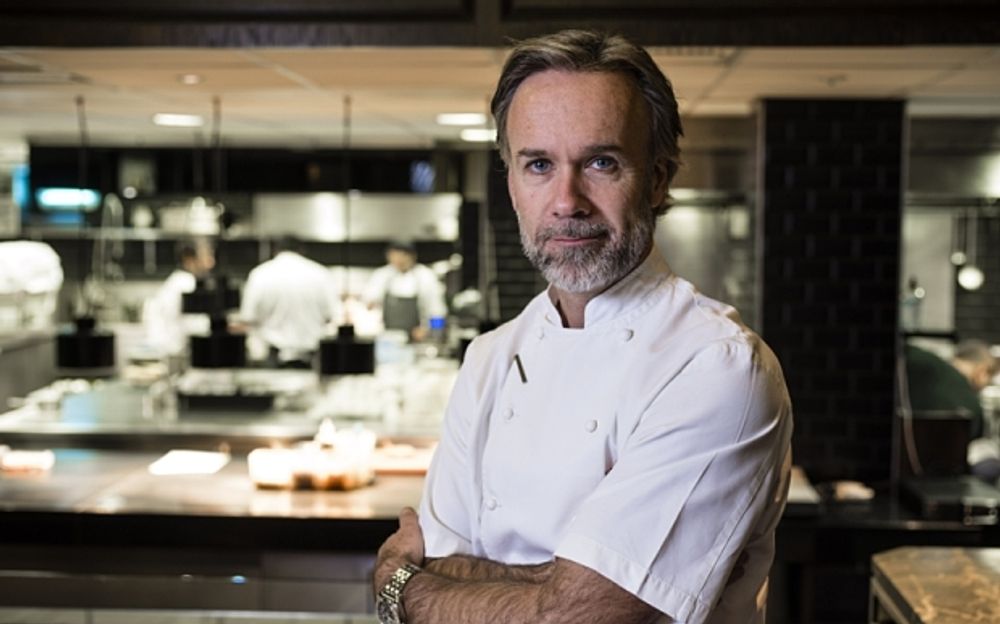
Michelin chef, Marcus Wareing, works closely with Louis Latour and Gosset
“We have the Brut Excellence which is the only Champagne that uses malolactic fermentation. That’s the house Champagne and the one we have at places like Marcus Wareing and the Garrick Club. Then we have the antique range, which includes the Grand Reserve, the Grand Rosé, which is such a comprehensive range now. The quality is incredibly consistent. Gosset has the most fantastic story being the oldest Champagne house going back to 1584. So they’ve been making wine for a very long time.”
Gosset is also on the verge of introducing another Champagne exclusively for the on-trade called Gosset Extra-Brut. The Grande Reserve will remain their principal cuvée and focus, but Extra-Brut will offer a “nice alternative for an entry level to the rest of the antique range (the Champagnes bottled in the old style bottle) gradually replacing Excellence,” said Louis Latour.
It will be a similar blend to Brut Excellence – dominated by red grapes with a third made up of Chardonnay – and it goes through malolactic fermentation to bring a roundness to the style, with low dosage level of 5 g/l to let the fruit and vivacity come through.
As Louis Latour explains: “For Excellence lovers, it keeps a strong family link in taste. For new audiences, it brings a fresh approach, with a simple yet contemporary terroir-led packaging, which reminds of the chalk (label) and the vine (foil).” It will be available from launch in 750 ml and then from quarter four in 1500 ml. “As a consequence Brut Excellence will be discontinued,” says Louis Latour.
Select distribution
It’s that unique history and story, coupled with the fact it has such limited distribution, which means Louis Labour can be quite selective about where the Champagne is listed.
“It’s a similar thought process we have with Louis Latour,” explains Oatley. “We only work with Majestic, Costco and Waitrose and that’s it. We could sell to the supermarkets, but we choose not to. That approach also appealed to Gosset. We share similar beliefs when it comes to distribution.”
It’s also how Gosset works in all its other markets, including France, where it is promoted very much as an on-trade, specialist Champagne.
An ideal account, says Oatley, would be one that is sommelier led, where there is an opportunity for a hands sell. “We try and work with as many of the top hotels and restaurants in London. We work in conjunction with various wholesalers, like Wine Source, who specialise in servicing Michelin star network in central London and we’re sponsors of the Pride of Britain hotel group which consists of 52 hotels throughout the country.”
Organic growth
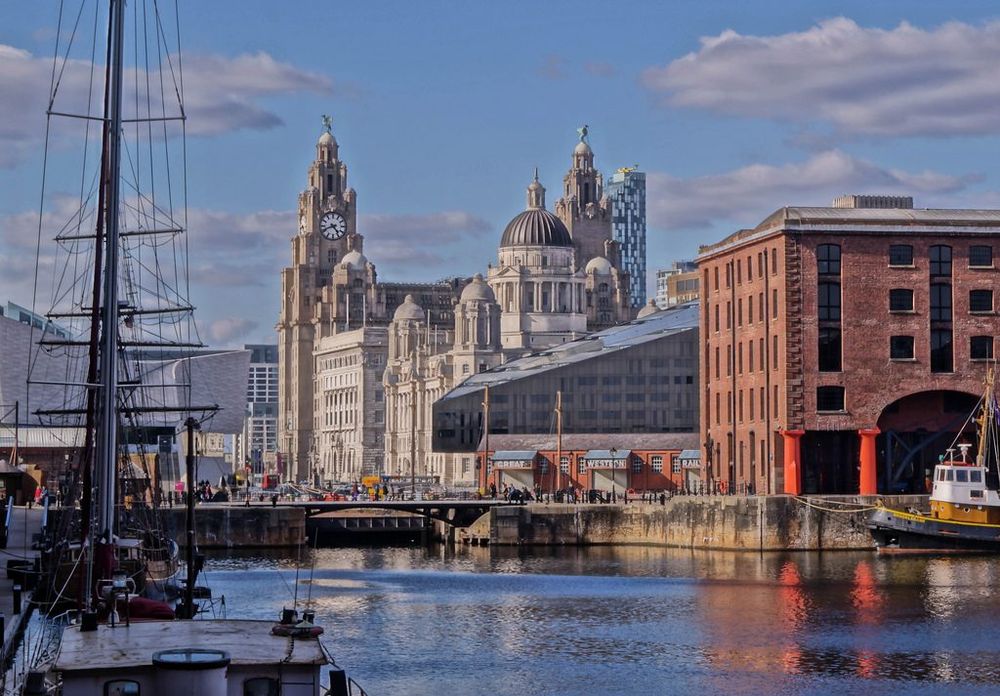
Louis Latour is keen to build distribution in other parts of the UK outside London, particularly in growing premium restaurant areas such as the north west with Liverpool, Manchester and the already strong sale across Cheshire
Looking ahead Oatley says its immediate target is to build “organic growth” in all the channels it is working in. “So that means working even more closely with independent specialists, the wholesalers where applicable, hotels and restaurants. Building on the distribution network we have currently got and slowly building volume.”
Part of that will be looking to gain more listings outside of London and the south east which he says “has a disproportionate” share of the market at the moment.
“Yes the bulk of the sales will continue to come from London and the Home Counties, but there are definitely demographic opportunities elsewhere. Like Cheshire which is now the second biggest market for Champagne in the country.”
But he concedes the Champagne market is getting tougher to work in, with a further 10% decline in 2017, particularly considering Prosecco outsold Champagne 10 to one last Christmas.
“You have also got the rise of English sparkling wine as well, with another million vines planted,” say Oatley.
“But providing we stuck to our guns and play to our strengths then there is no need to worry.”
He adds: “The real Champagne houses talk about the difference between the people who make bubbles and the people who make wine. We were clearly the first ones to do that and did not actually start making bubbles until the 18th century, we focus on making fine wine first and that evolved into making Champagne. It really is incredible history.”
- You can read more about the overall offer and range from Louis Latour Agencies in its dedicated Supplier page here.






